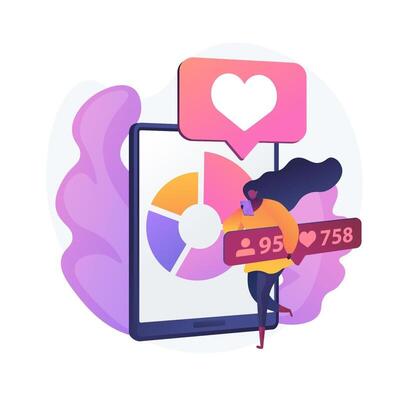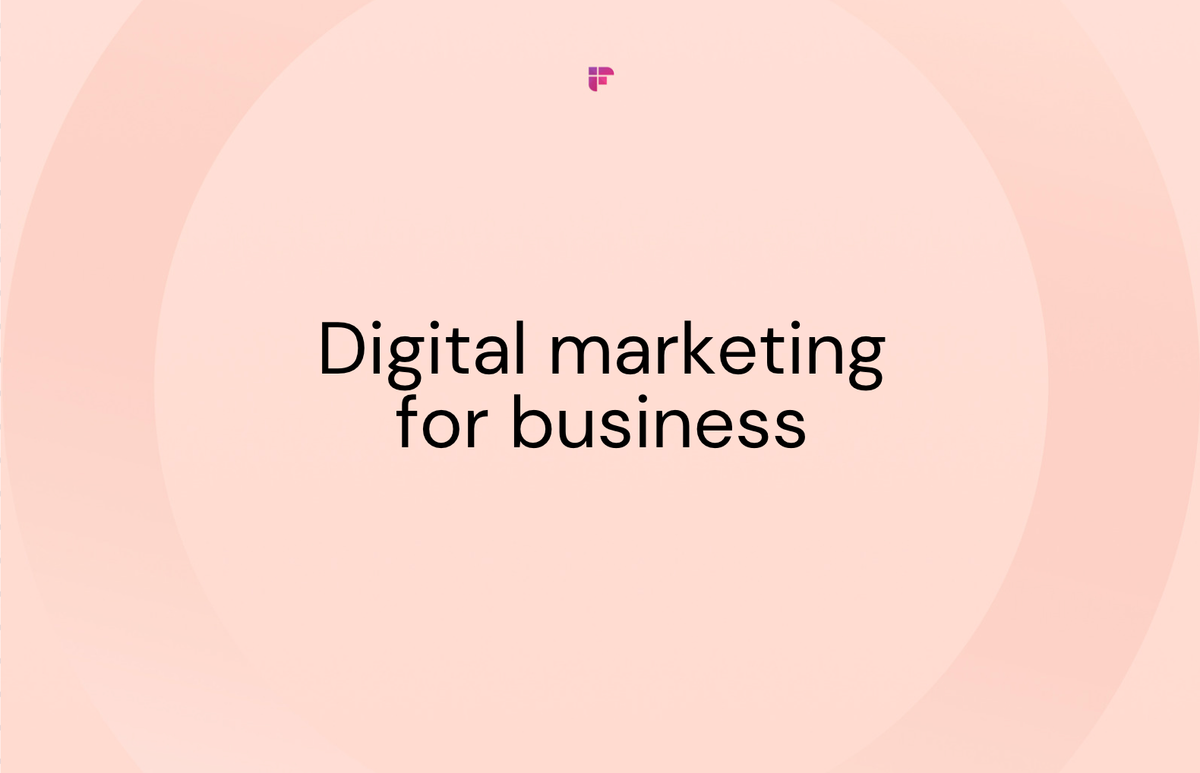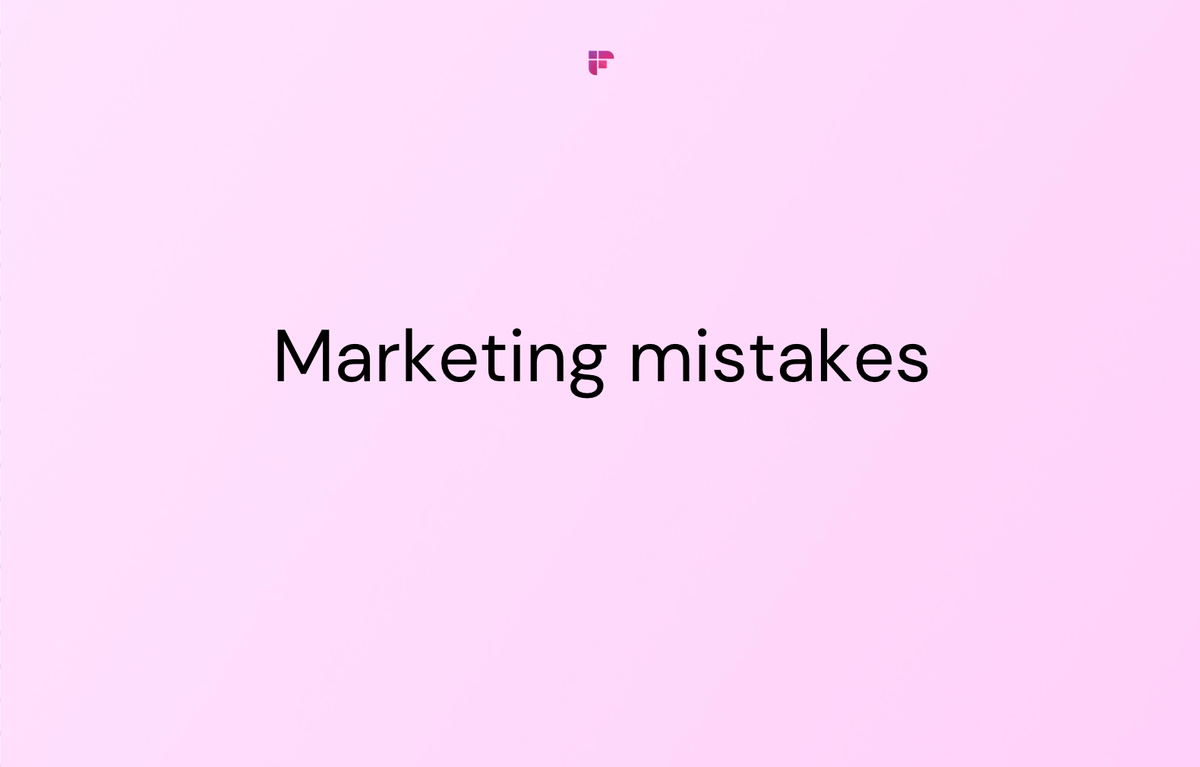If leveraged smartly, viral marketing and social media can greatly benefit small businesses.
Everybody remembers marketing campaigns by big brands, but what about the little guys who are trying to make it with innovative and quirky ideas? Remember the infamous dress episode from 2015, popularly dubbed #DressGate?

Millions of people frenziedly debated on the internet about the actual color of the dress.
It was just a piece of clothing — an ordinary blue and black colored dress, right? I can virtually hear half of you screaming in anguish, "It’s white and gold, can’t you see?" and that’s exactly how the whole debacle started.
This simple optical illusion, which made us question our visual senses, started a social media storm, attracting big names like Mindy Kaling, Kim Kardashian, Justin Beiber, Taylor Swift, and other prominent celebrities.
This viral trend ended up earning big bucks for the retailer of the dress. The bewildered owners of the small dress company, Roman Originals, were shocked to find that their item was all over the internet, and not for reasons they could have expected.
The company hoped to sell, at best, 200 pieces of this dress per week. But, as the demand piled up thanks to different lighting, it took Roman Originals merely 34 minutes to sell out of the dress on its first business day.
At its peak, the topic was garnering 10,000 tweets a minute.

And, as it always happens, big brands jumped on the bandwagon of this viral frenzy and did quite well.However, nobody made as much profit (comparatively) as the small business owners of this accidental hit.
Peter Christodoulou, the co-founder of Roman Originals, compared the whole brouhaha to winning the ‘social media lottery’
You might argue that it was just one moment of the spotlight for the business, and well, you wouldn't entirely be wrong.
The viral hit did not do much for their collection the following year, but the dress did put them on the map. Getting recognition from one viral moment is enough for a small business to turn these 15 minutes of fame into various business opportunities.
If you'd like to gain more visibility and enhance your business's social media presence like this, you've come to the right place. In this blog post, we'll offer practical tips on effectively using social media to achieve your various business objectives.
But first, let’s further explore how social media for small businesses is a brilliant opportunity to grow your platform.
Why social media is important for your small business?

According to a social media market industry report, over 50% of small businesses agree that social media helps them increase sales, and 70% affirm that they see ROI from having a social media presence.
This was in 2015.
Since then, many new social media applications have hit the market, and their audience has expanded.
To put things into perspective, the current world population is over 8 billion, of which 5.04 billion are social media users. Given the numbers, not focusing on social media would be a grave mistake.

Benefits of using social media
Social media levels the playing field for small businesses. Big brands have unlimited resources and capital invested in marketing mediums that small businesses cannot afford.
But when it comes to marketing on social media, small businesses can often outpace big names organically or with little added investment in interactive and innovative content.
Social media efforts combined with a marketing strategy can help increase your network and work wonders for your business.
Here are some ways social media can help expand your small business:
- Personalized interaction: Every time you respond to a social media DM or query, you humanize the process. It reduces the distance from just business to professional and personal.
- Helps form communities: When you take your business online, you directly engage with the target audiences. You have a meaningful interaction that helps you understand the pain point of your audience from a much deeper level. This feedback will, in turn, help you upgrade and build a better product or service.
- Better reach: Traditional marketing (billboards and newspaper ads, for instance) has a limited reach compared to social media. To capture the attention of your global audience, you need a platform that lets you cast a wider net. And, social media allows you to do just that.
- Creating brand awareness: The easiest way to showcase what you and your brand stand for is through your posts and public voice. And there's no better way to reveal your brand’s intrinsic value than showcasing it on a public platform.
- Expansion opportunities: Impressions and mention metrics on your social media dashboard data show where most of your interaction comes from—city, state, or country. This helps to narrow down your target audience and strategize to include a newer demographic of the prospective audience.

Social media for small businesses: 14 useful tips

Forbes quotes Rhett Rowe, president of Capitals of Merchants, saying that instead of trying to beat the big names, small businesses should concentrate on “expanding brand awareness, increasing website traffic, and building a community of loyal followers.”
And where is the best place to accomplish all three? Your social media platforms. How exactly will you achieve that? Let’s start by seeing what Elon Musk says about it.
1. Create a personal brand
I hate advertising
— Elon Musk (@elonmusk) October 28, 2019
Here’s a direct quote from the billionaire genius whose single tweet can influence any company's stock market position. Elon Musk, the mastermind behind the electric car and clean energy company Tesla, spends next to nothing on conventional marketing and advertising, unlike other brands.
Tesla has no ad agency, dealerships, or chief marketing officer (CMO.) Instead, Musk’s Twitter account does the promotion work for the company. With over 179 million followers, Musk built his online credibility by being real and having authentic interactions with his followers.
He shares memes, responds to fans' questions, garners active feedback, owns up to the company’s mistakes, and shares all his new plans and ideas on the platform.
Instead of beating around the bush, his approach is genuine and direct. Tesla has built a loyal online community and focuses heavily on customer experience. Most of Tesla’s marketing relies on word of mouth and referral programs.
Elon Musk and Tesla are conjoined in a way that makes it impossible to think about one without the other. Elon Musk built a personal brand, mostly via Twitter, that is so strong that his followers trusted his claims and promises wholeheartedly.
It’s no surprise that his clean image online contributes greatly to the success of all his companies. Building a personal brand humanizes your small business by giving it a face.
And you don’t have to dig deep into human psychology to know that when we like a person, we trust that person and are more likely to do business with them.
2. Identify your target audience

Your target audience consists of the people most likely to be interested in your products or services and who are most likely to engage with your content.
Conduct thorough audience research to identify the demographics and preferences of active users on various social media platforms. This insight helps you tailor your content to the right people and pinpoint the right platforms to focus your efforts on.

3. Add website link in the social media bio
Looking for ways to drive more traffic to your website? Putting it in your social media bio makes it more discoverable for audiences that find you through their feed.
Your social media posts are virtual billboards or flyers that make users want to know more about your business. The job for most of your posts should be to direct the audience towards your website.
Instead of just sending them to your webpage, try to send them to a page that would lead to conversions. You can set up Google Analytics to track your goals. These goals may range from getting clicks on the URL and filling out contact information to getting sign-ups for a blog subscription.
Using your social media dashboards, you can also keep track of which post URL is getting you the most clicks, and which posts get the most engagement. Study the pattern for creating similar content in the future.
4. Use a social media marketing agency for small businesses
Being a small business owner means single-handedly juggling different departments.
Getting the hang of your new business takes time. It’s best to allocate some work to a third party so you can concentrate on what you are good at, or limit the tasks to what you can manage. Don’t try to do everything by yourself.
You can hire a social media marketing agency to oversee your marketing efforts. Certain agencies tailor plans for small businesses. Plus, hiring startup agencies can get you lower prices and more enthusiasm.
Then, once you're comfortable with the workload, you can start learning how to leverage social media and do it in-house.
5. Develop a content strategy

Creating a content strategy involves outlining what content you'll create, where you'll publish it, and how you'll promote it to achieve your business goals.
Start by defining your objectives. What do you hope to accomplish with your social media efforts? Whether it's increasing brand awareness, driving website traffic, or generating leads, your content strategy should align with these goals.
Next, consider your target audience and the platforms they frequent, then tailor your content to their preferences and interests to boost engagement.
Our next tip on this list will also be very helpful as you map out your content strategy.

6. Research competitors

Monitoring your competitors on social media can provide valuable insights into their strategies, content, and engagement tactics.
Keep an eye on their follower growth, engagement rates, and the type of content they're posting. Pay attention to any promotions, campaigns, or partnerships they're running, and consider how you can adapt similar strategies for your business.
However, remember not to simply copy what your competitors are doing. Instead, take cues from their successful tactics and use them as inspiration to create unique content that resonates with your audience.
In the next tip, we'll list some tools to help you monitor your competitors.

7. Use the right tools and technology
Let's list some of the best social media tools you can use during the various stages of your business.
- Content Curation: Some tools that help and manage your content are Buzzsomo, Pocket (save content as you browse the web), Talkwalker (alerts you when new content is posted on the web with the desired keyword), and UpContent (crawls the web to find you content that your audience would like to see more of).
- Graphics: Canva, A Color Story, Snappa, Simplified, and VSCO are some great and easy-to-use tools for designing graphics.
- Competitor analysis: Tools like HootSuite, Socialinsider, Sprout Social, and Agorapulse will help you monitor your competitors on social media.
- Meeting automation: Fireflies is a great tool for automating meeting workflows. This AI-powered tool automatically transcribes your social media planning meetings, such as brainstorming sessions, strategy discussions, or client calls.
Fireflies offers several collaborative features to ensure everyone is on the same page when it comes to executing your social media strategy. It also highlights action items mentioned in your meetings so you and your team can easily follow up on them.
With its GPT4-powered chatbot, this tool also helps you generate content like blog posts, tweets, and more based on your meeting context!
💡 Streamline Your Social Media Marketing Efforts With Fireflies
Make your social media marketing process a breeze by leveraging its meeting automation, collaboration, and conversational intelligence features.
8. Try out a viral marketing strategy

An example of the most successful viral marketing would be the Ice Bucket Challenge, a campaign to promote awareness and secure donations to research amyotrophic lateral sclerosis (ASL).
A simple trend resulted in thousands of people and celebrities splashing themselves with ice-cold water and nominating others to do the same.
The viral trend raged from July to August 2014 and raised $220 million in donations. Some repeated the challenge in the following years, but it failed to receive the same attention as in 2014. But that’s to be expected. With viral marketing, you often just get one-time hits.
Here's the thing, though — a two-month challenge managed to raise the kind of sum that otherwise would have taken years. And, with more funding, the University of Massachusetts Medical School was able to widen its research to identify a new gene responsible for ASL leading to a new targeted gene for therapy development.
Now, the key to creating viral content is to understand human psychology.
People remember facts but enjoy stories. They innately like to help, so they are more likely to share useful information with others.
However, merely putting out good content will not make your audience share it. You need to design your content to excite your customers. Jonah Berger's book Contagious: Why Some Things Catch On discusses marrying good copywriting with human psychology.

9. Create a social media calendar

Creating a social media calendar should be one of the first steps in any social media marketing strategy for small businesses.
Make monthly or weekly calendars, fixing days of the week for different types of content. You can decide on the frequency of your posts and platforms. For example, you can have similar posts for two platforms but with different pictures.
Or, say, you have an e-commerce business that sells via social media (social commerce), then you may decide to post daily for a particular platform (Instagram, Facebook) and fix alternate days to post on other sites (Twitter, YouTube) with additional content.
10. Staying on top of the latest trends

Following the current trends is very important to make relatable and shareable content for your small business.
If you're a millennial or Gen Z with considerable screen time, you are likely already well-versed in anything new that happens on social media.
But if you're not, it would be wise to take some time out of your day to snoop around on social media, check what's trending, and see how it can sync with your business.
Jumping on the latest trends is the easiest way to stay relevant with your audience. Make Excel sheets to stay on top of the latest trends and slang (very much like the dedicated sociology prof. above.)
If you aren't already, now's the time to get 'hip!'
11. Build authority
Building authority is the single most important factor in social media marketing. People who follow the page need to know that you're dependable and know what you're talking about.
They should see you as somebody who has immense knowledge and understanding of the subject and who they can come to for answers.
Since LinkedIn is seen as a go-to platform for building authority in any industry, it's important to build connections and share your posts on it regularly. Ensure that whatever you post is content-rich and adds value for the reader.

12. Be visual

Another major thing you need to understand is that social media is mainly visual. Think of it as a virtual magazine of some sort.
The written part is important, but the picture associated with the text plays a much more important role in catching the eye of new customers and getting them to your page.
Add relevant infographics, charts, colorful images, and designs to your posts. Also, try to have a fixed color scheme and uniform designs so the feed looks organized and appealing.
13. Network and engage
A basic rule of social media engagement is initiating conversations. Follow, comment, tweet, DM, or just start some form of communication with your audience. You can also join like-minded communities and follow the conversations.
Get in touch with the businesses doing well in the same field, start a dialogue, and get valuable tips. You can acknowledge their contribution by publicly thanking them and sharing their posts with personalized captions.
There is no shortcut to putting yourself out there and meaningfully interacting with your customers.
You need to make them feel valued. Appreciate everyone who buys your product, thank those who like it, and take feedback from those who have complaints.
Try to ensure that most of your posts ask questions, and try to respond to the comments as well. This is important because social media algorithms prioritize showing people posts that have more engagement.

14. Promote your content using paid media

You can also dedicate some of your budget to investing in social media advertising. For one, you can consider influencer marketing. If you don't have enough resources to pay them, you can send free or discounted samples for review and a post.
Paid media on Google and Facebook is based on impressions and clicks. Impression refers to the number of times people see your ad. The price of the ads varies from keyword to keyword. A popular keyword will have more and higher bids, and a less popular keyword will be relatively cheaper.
Another way to strategize is by adding pixel code from Facebook to your website to remarket your products with added discounts or extra offers.
What this means is, for example, somebody wants to buy a pair of shoes and hops on your website to find some but leaves after a while. You can still ensure the customer isn’t lost and their cookies have been stored.
So anytime they open Facebook, you can show ads for your brand and add certain discounts or offers to lure them back to the site and make a purchase
Wrapping up
Social media can be a great tool to elevate your business strategy and drive more growth.
A little tweaking to your social media marketing efforts can produce wonders. We hope that with our list of tips and handy tools, the process becomes a little easier for you.
And, remember—don’t be scared to experiment. Keep checking what the other brands' success posts have in common.











